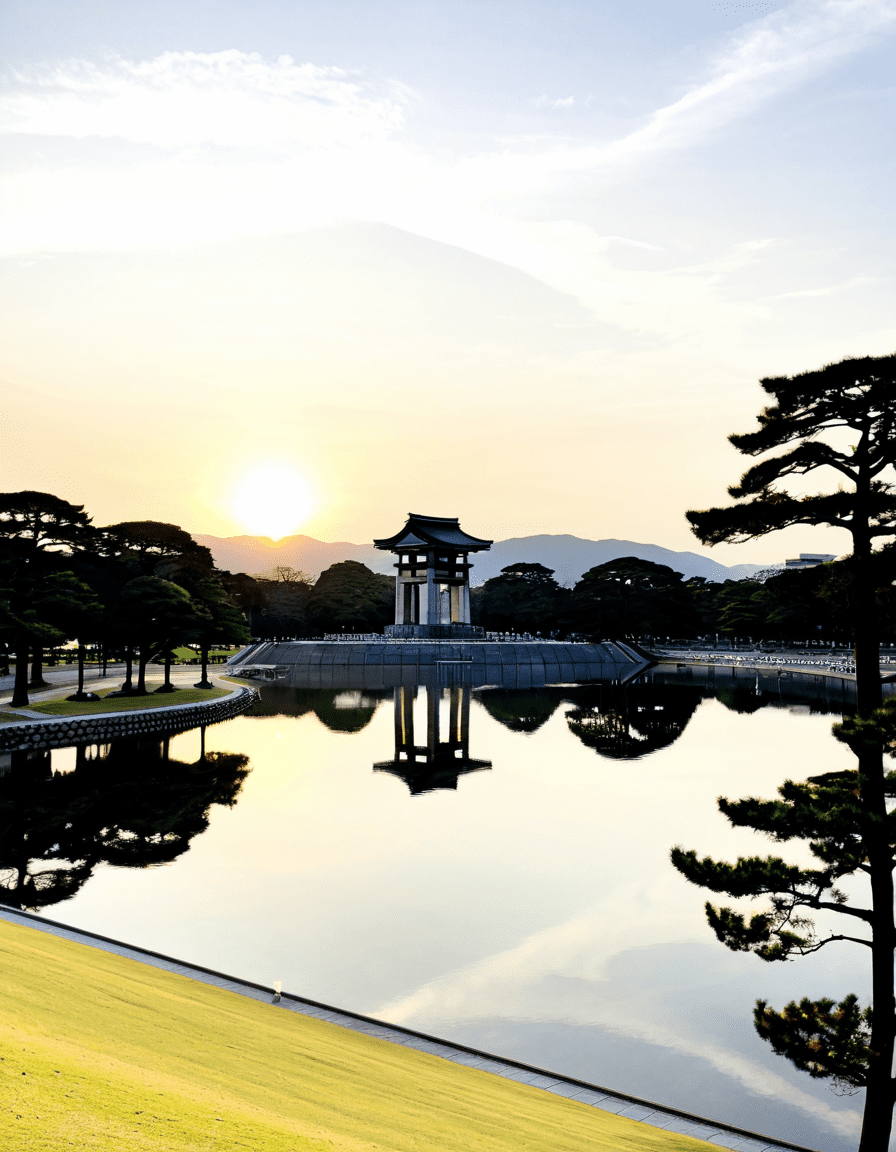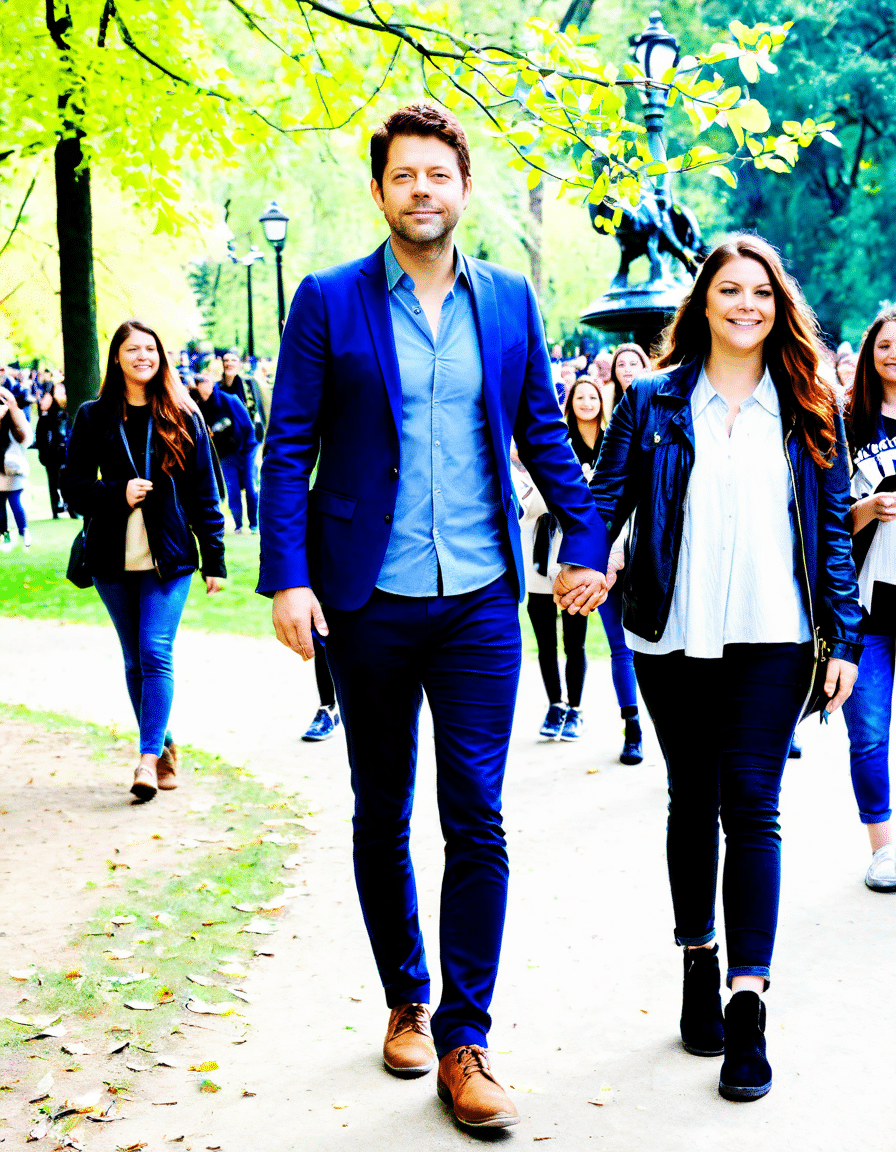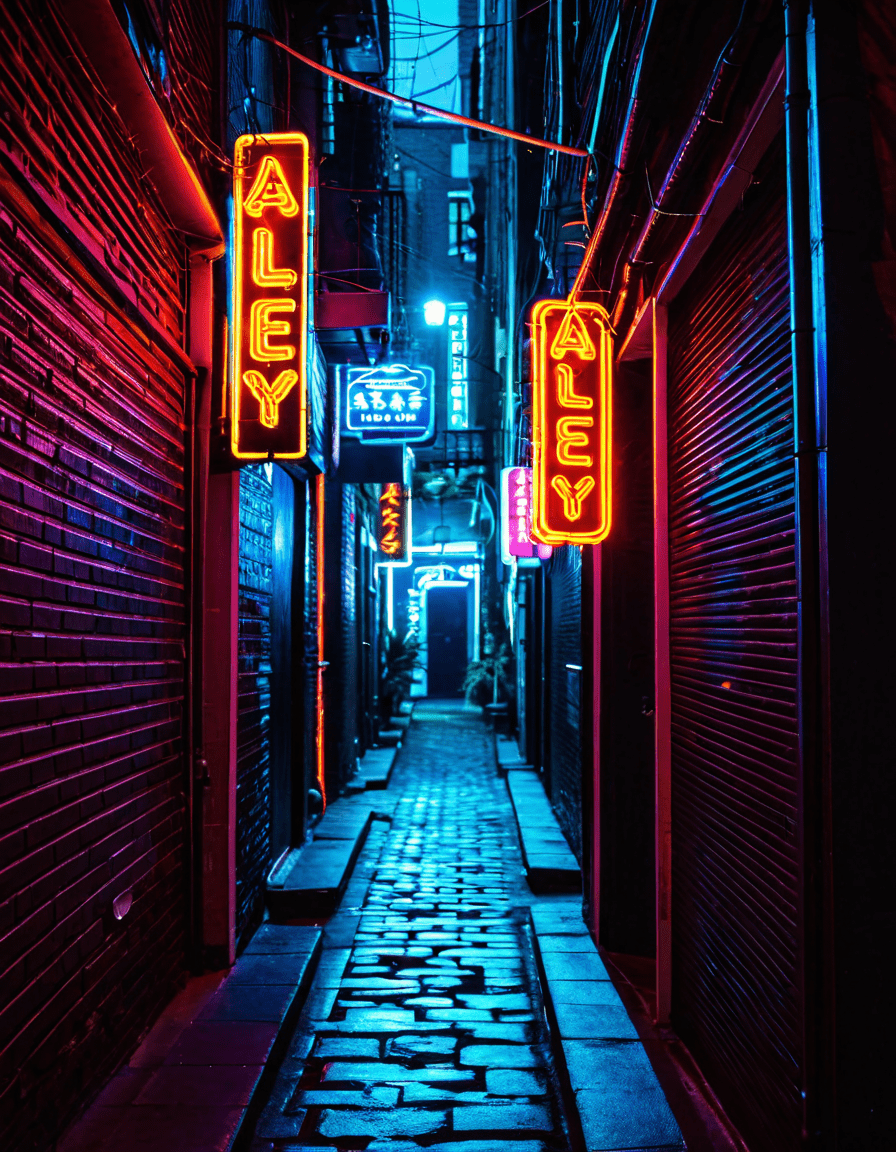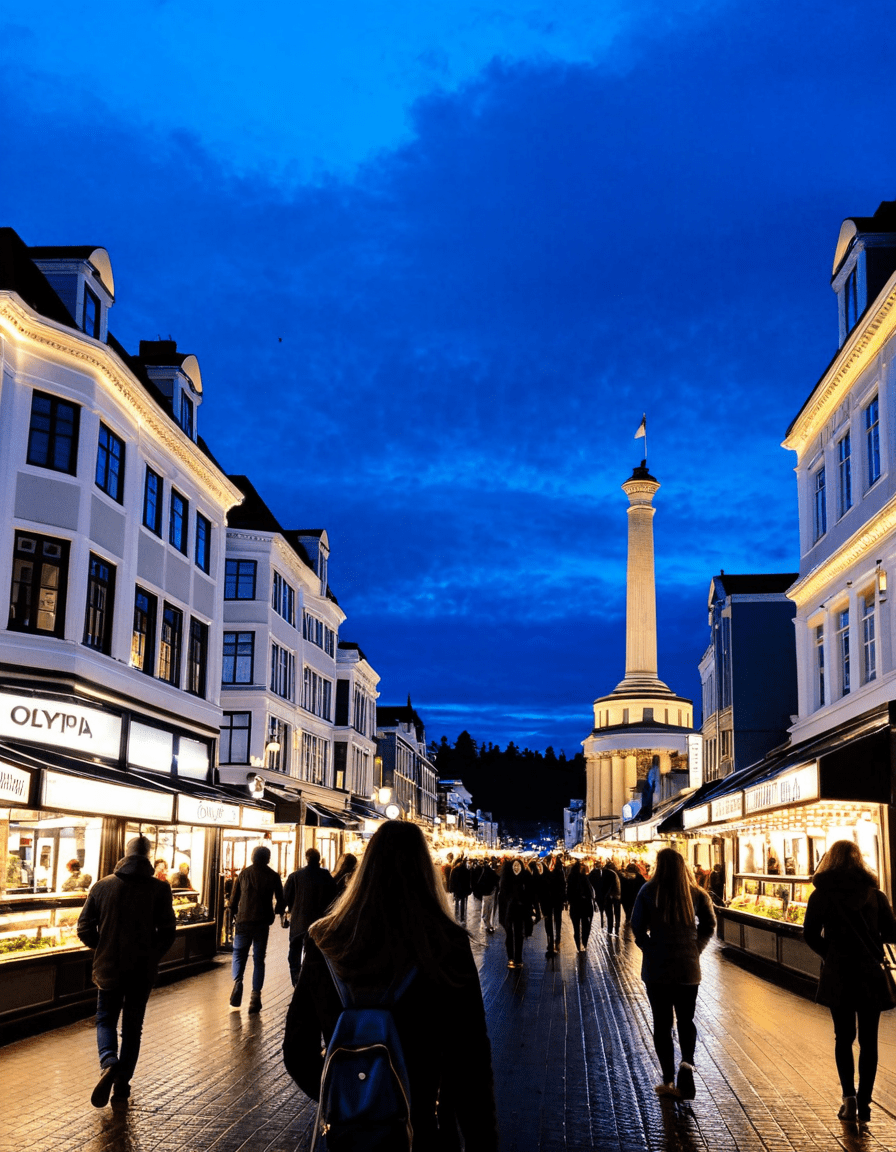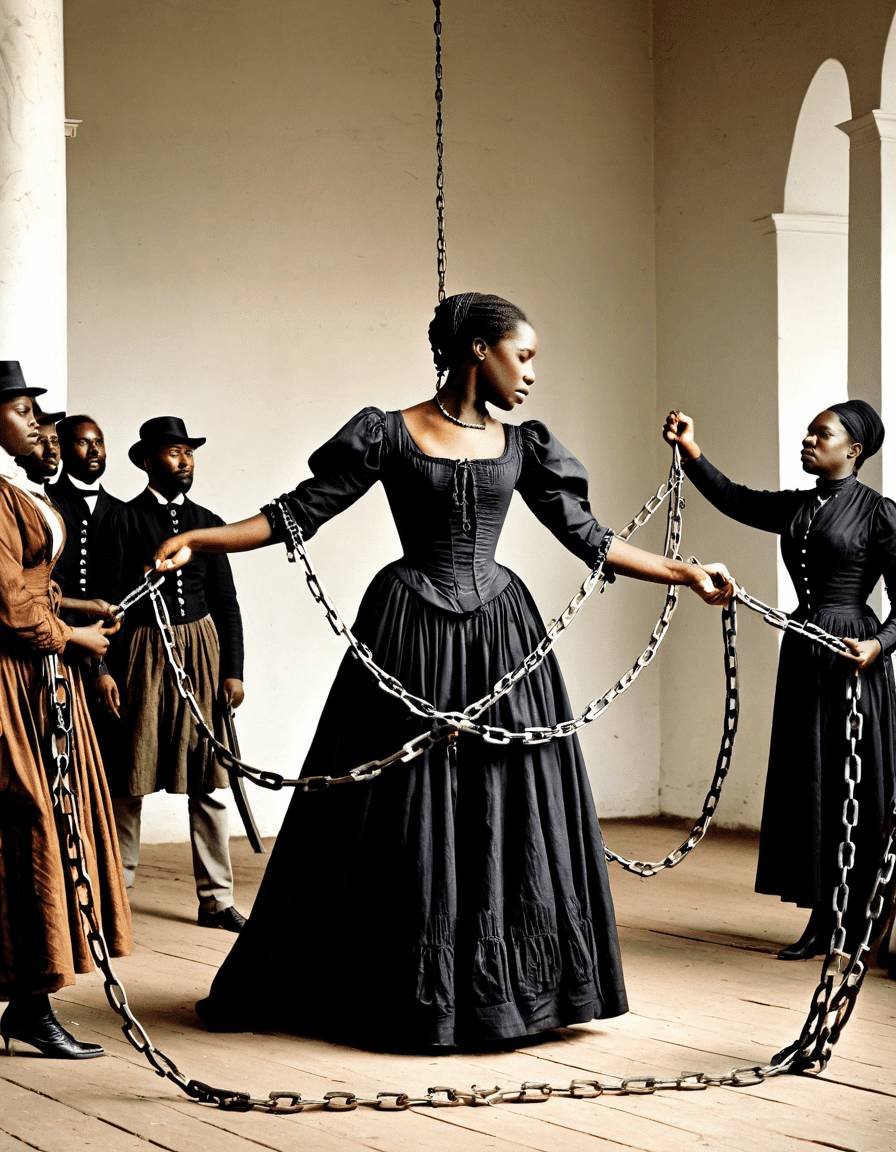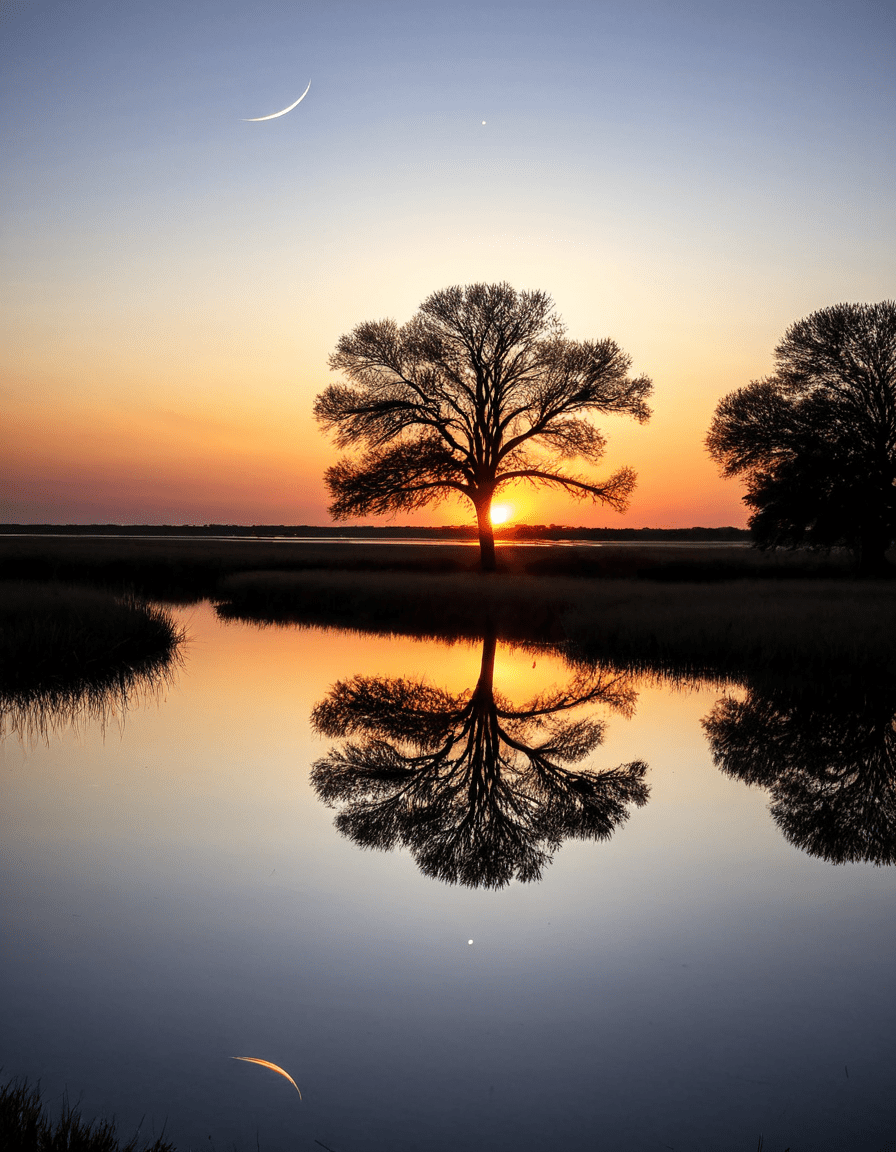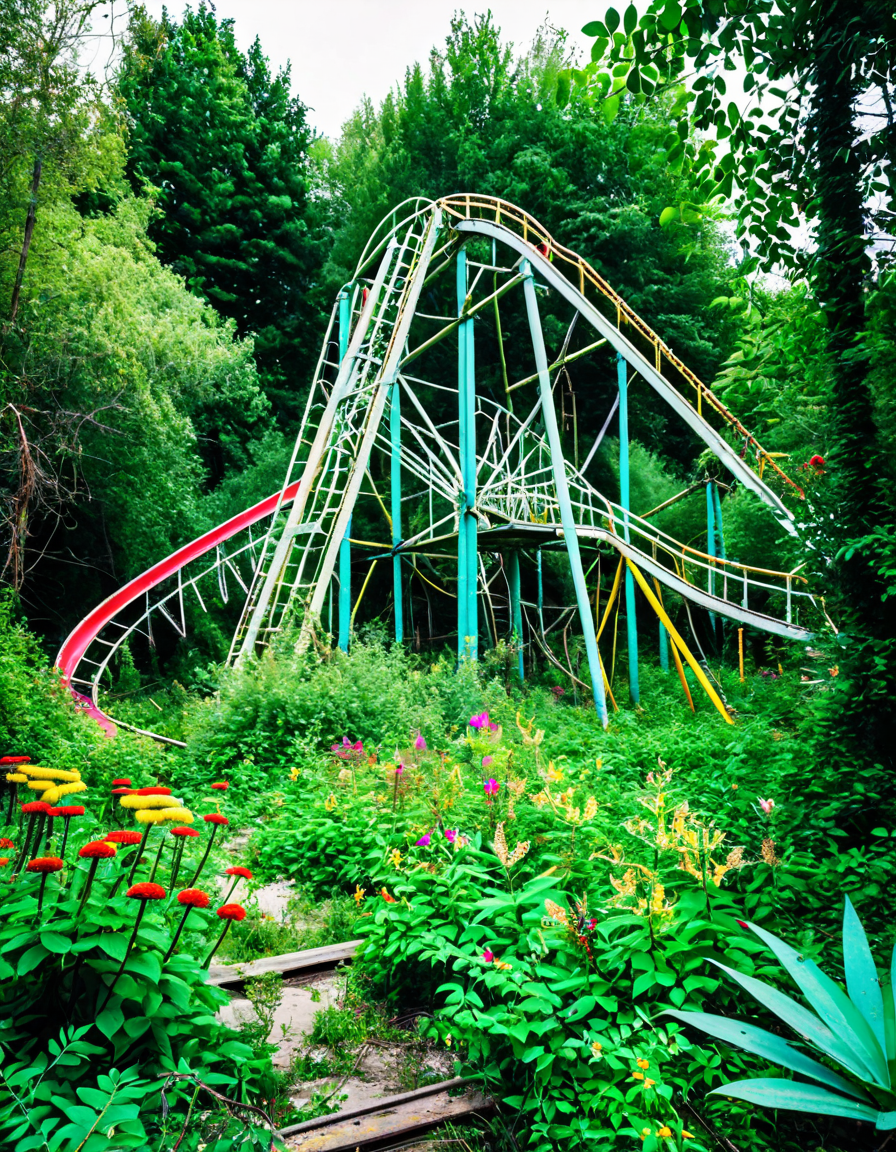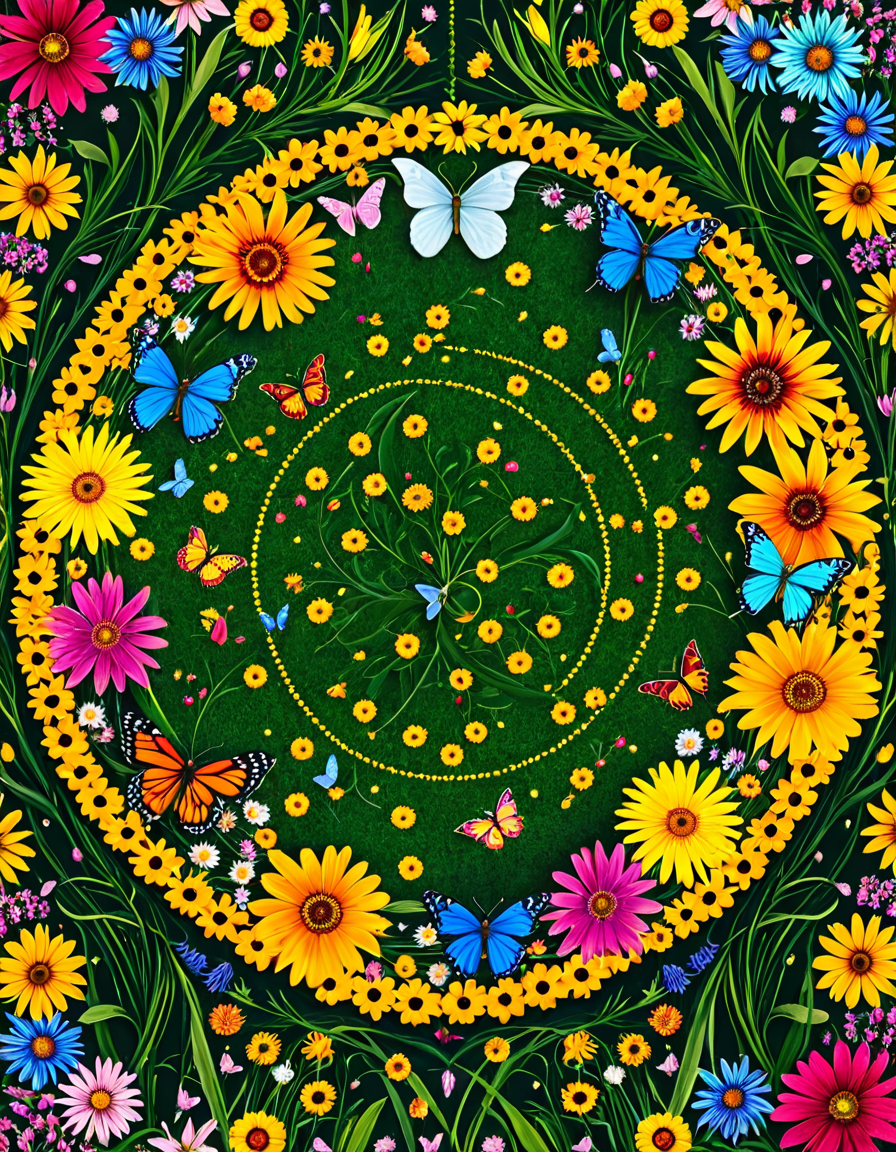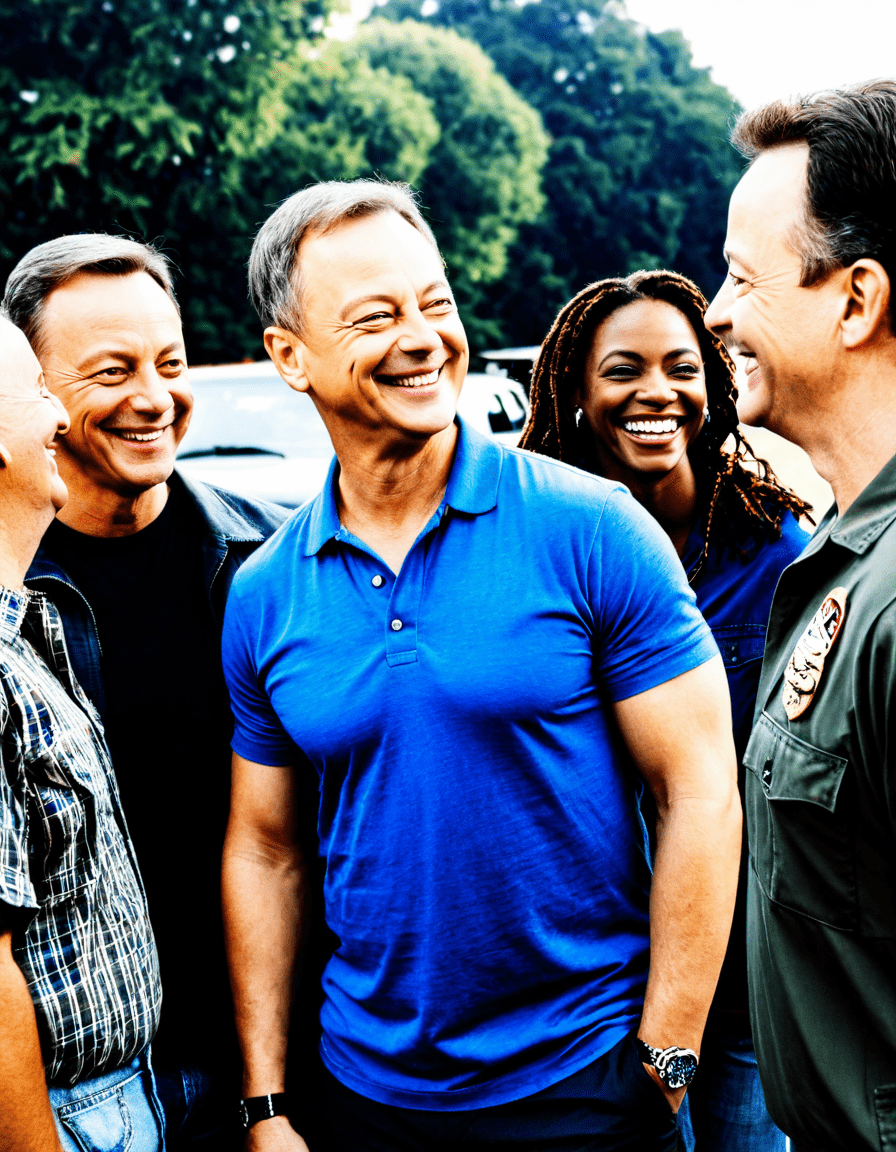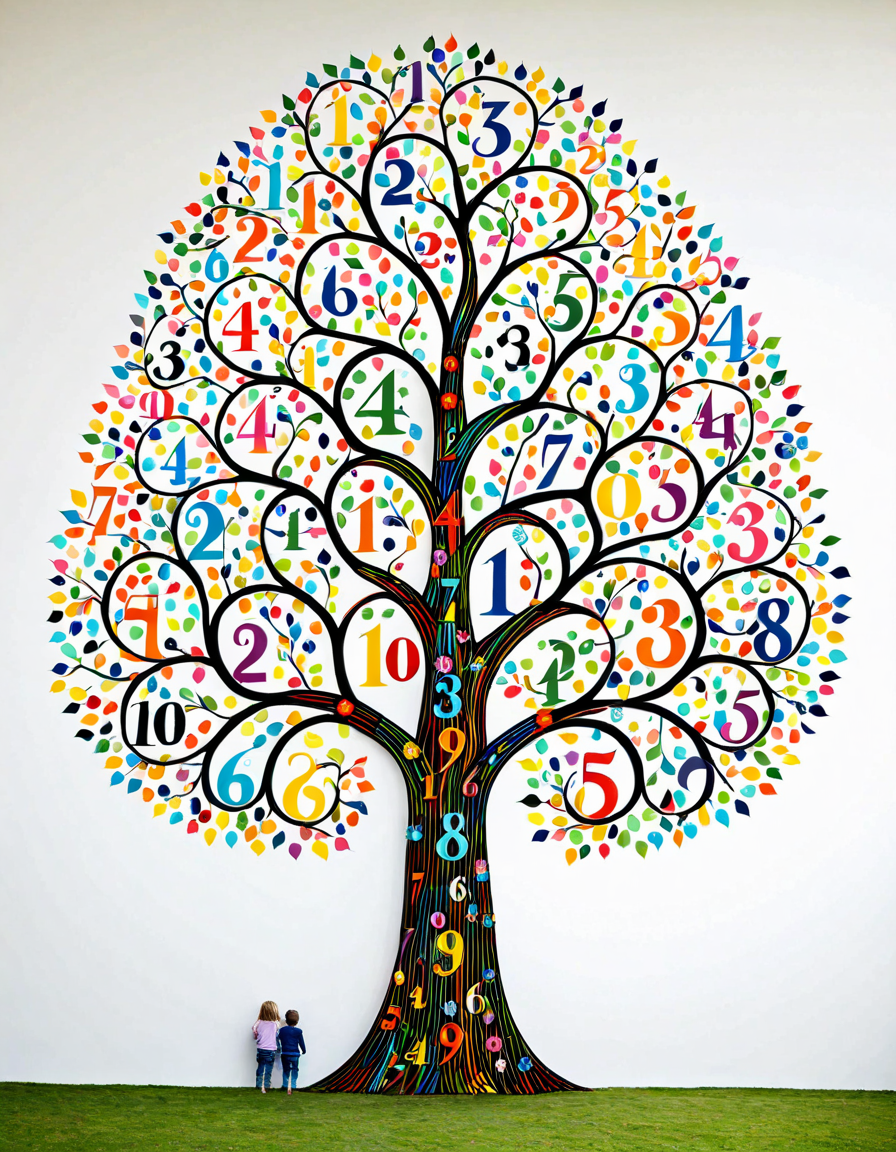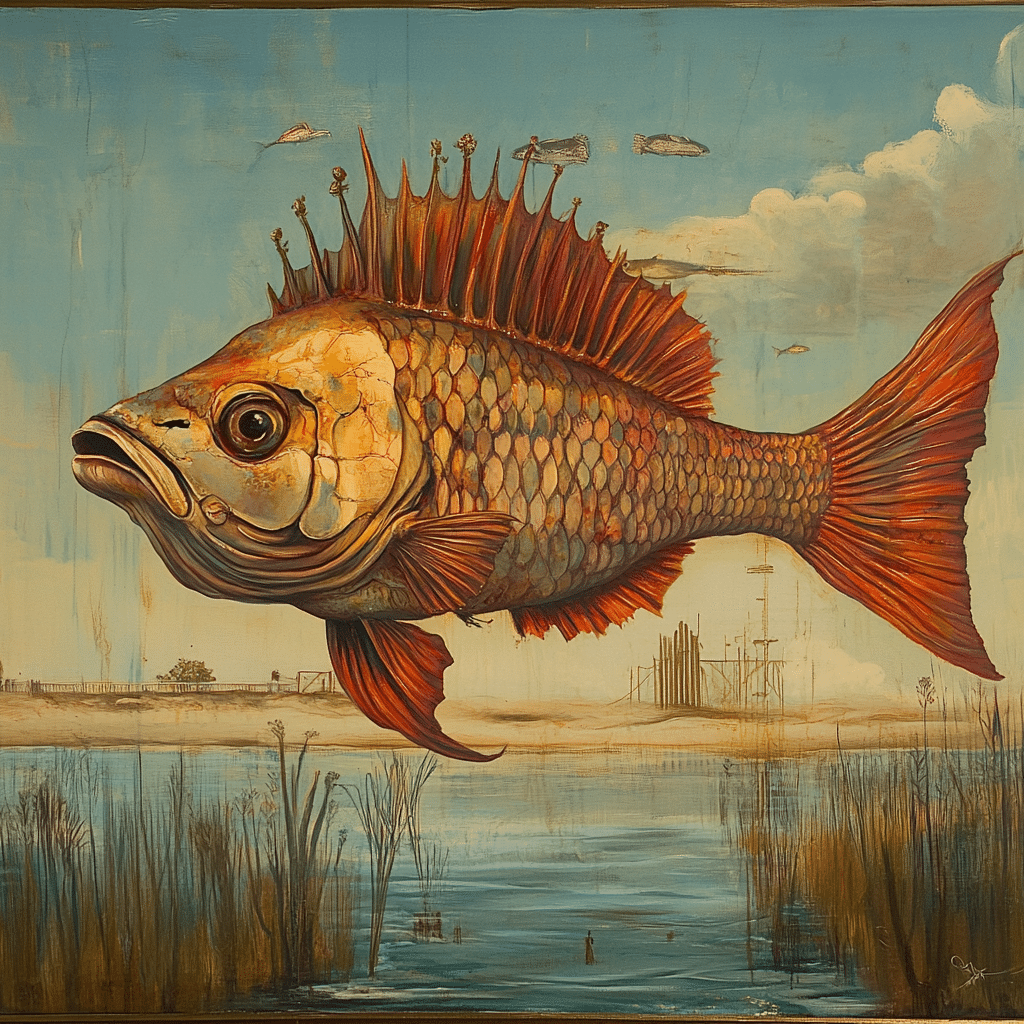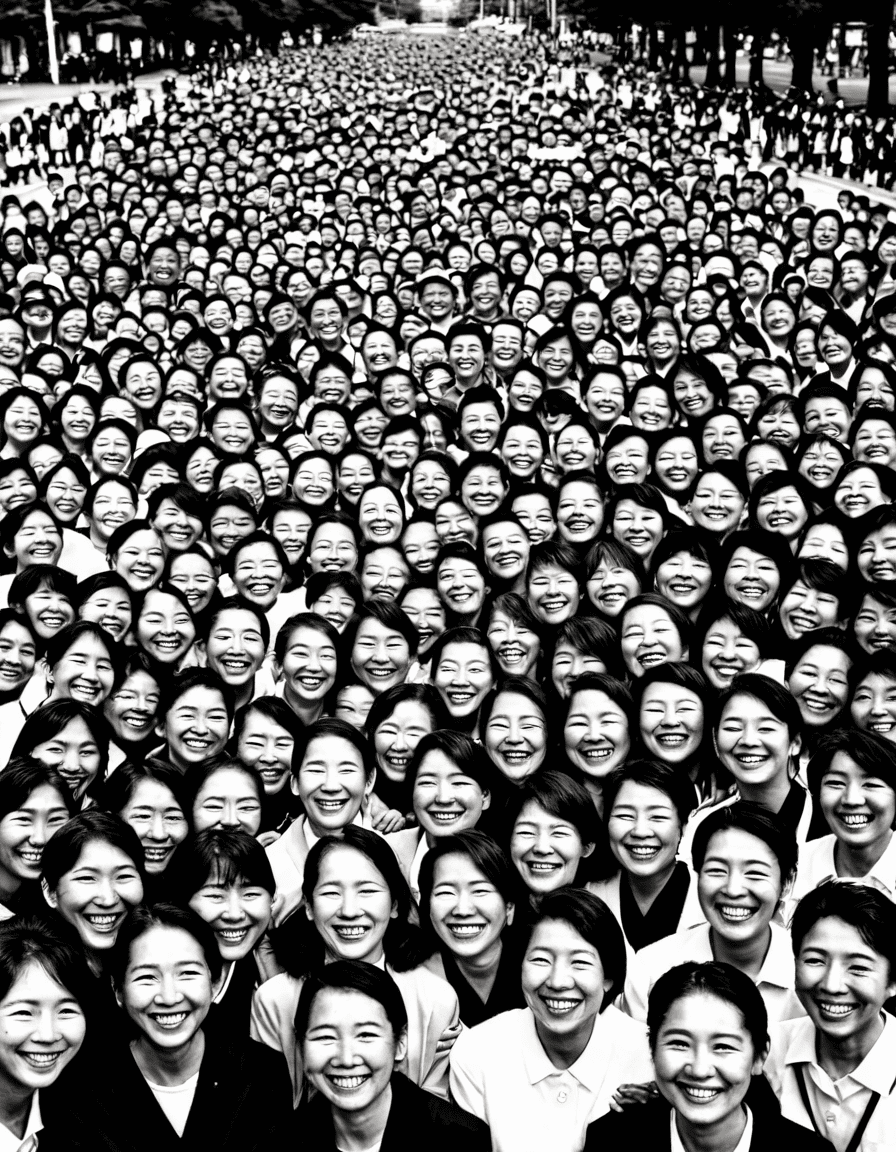
The Legacy of Hiroshima: Understanding the Transformation from Destruction to Hope
Hiroshima, recognized worldwide, is synonymous with profound tragedy and remarkable transformation. On that fateful day, August 6, 1945, Hiroshima became the epicenter of the atomic bomb’s devastation, resulting in loss and destruction that would ripple through time. Yet, in the ashes of despair, Hiroshima emerged as a symbol of endurance and hope.
The aftermath of that catastrophic event propelled a global conversation about nuclear weapons and advocacy for peace. Hiroshima’s legacy is not merely about remembering what was lost; it’s about learning from the past to foster a future where reconciliation replaces conflict. The story of Hiroshima encourages us to see not only devastation but the strength of community and the power of perseverance.
Today, Hiroshima stands resilient, as a reminder that from the shadows of despair, communities can heal and thrive. By recognizing the importance of our shared humanity, Hiroshima sends a vital message of peace, urging us to learn, grow, and, most importantly, work together to prevent future tragedies.
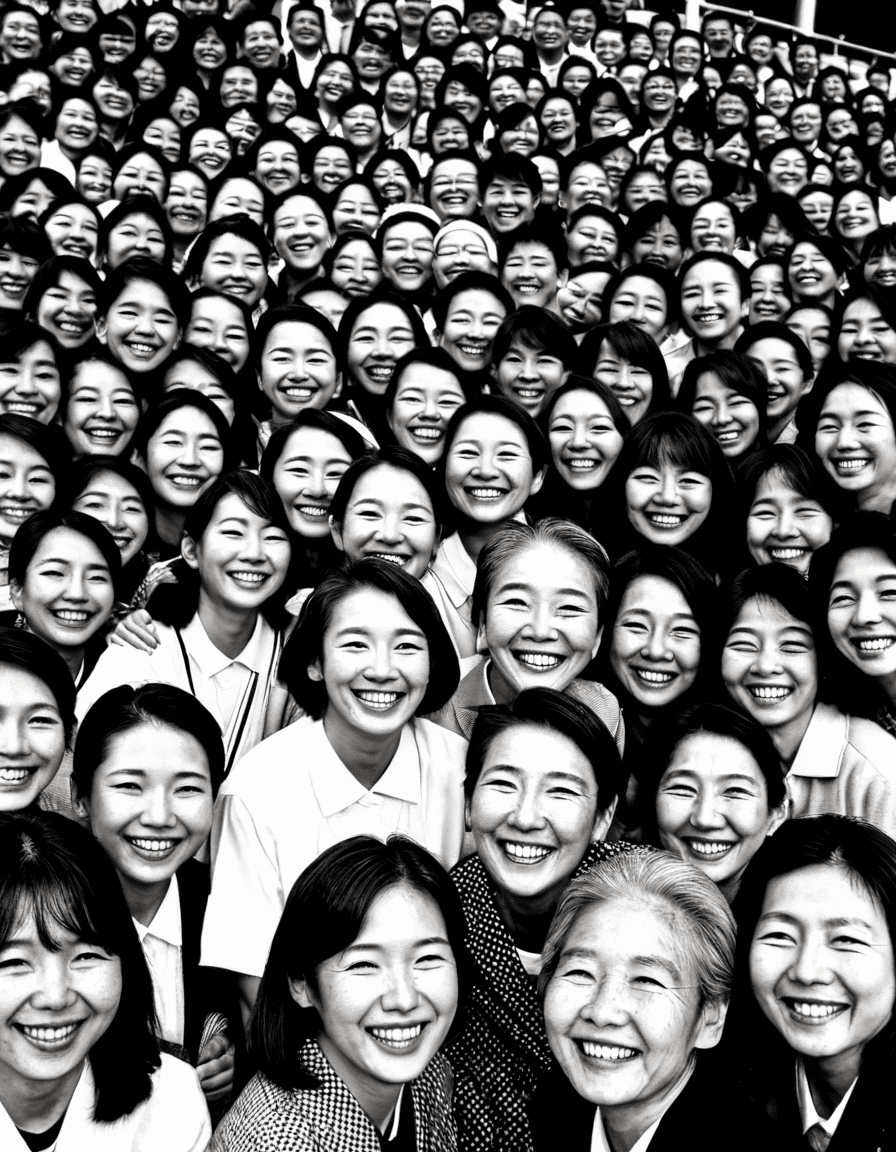
Top 7 Lessons from Hiroshima’s Journey Towards Peace and Resilience
Hiroshima’s recovery journey offers wisdom that resonates with people worldwide. Let’s dive into seven essential lessons derived from this city’s formidable march toward peace:
Following the bomb, Hiroshima didn’t just wallow in sorrow. Street by street, the community came together, launching grassroots initiatives to rebuild their lives. The Hiroshima Peace Memorial Museum, which opened its doors in 1955, became not only a place for education about the atomic bombing but also a center for advocating nuclear disarmament. This shows us that communities can harness collective strength to transform tragedy into a vehicle for hope.
Turn tragedy into triumph. That’s what the resilient citizens of Hiroshima did. They transformed their grief into a rallying cry for peace through the annual Hiroshima Peace Declaration. Delivered every year by the mayor, these heartfelt orations remind us all of what’s at stake, emphasizing disarmament and a vision of a more peaceful world. This advocacy resonates across the globe, illustrating how civic engagement shapes public policies in profound ways.
They say art heals, and Hiroshima is living proof! Artists Iri and Toshi Maruki brought the trauma of Hiroshima to life with “The Hiroshima Panels,” stunning paintings that immortalize both the catastrophe and its aftermath. This signifies that art can transcend suffering, connecting cultures and reminding us of our shared reality.
“Knowledge is power.” The people of Hiroshima’ve embraced this idea, focusing heavily on education as a key piece of their peace puzzle. The Hiroshima Peace Institute plays a crucial role in this effort, educating students and visitors about nuclear ethics and history. By doing so, they’re ensuring that the vital lessons from Hiroshima inform not just our actions but our values for generations.
The influence of Hiroshima doesn’t stop at Japan’s borders. The passionate call for nuclear disarmament sparked movements worldwide. In 2017, the International Campaign to Abolish Nuclear Weapons (ICAN) received a Nobel Peace Prize, championing a world free of nuclear arms. The lessons of Hiroshima resonate within this effort, uniting advocates with a common purpose.
Rebuilding isn’t just about structures; it’s about sustaining the environment, too. Hiroshima’s city planners prioritized restoring green spaces, demonstrated beautifully through the Hiroshima Peace Memorial Park. This park not only serves as a solemn reminder but emphasizes the harmony between urban development and nature—something we all need to keep in mind in our environmental discussions today.
Every year on August 6th, Hiroshima gathers to remember. These solemn ceremonies create a sense of community and collective healing. Each act of remembrance reinforces the idea that it’s essential to honor our past while fostering resilience. Commemoration isn’t just about looking back; it’s about propelling us forward.
The Ongoing Influence of Hiroshima on Modern Peace Initiatives
Hiroshima’s story endures, leaving an indelible mark on contemporary peace initiatives. The city’s legacy continues to inspire various policies and movements in the ongoing battle against nuclear proliferation. For example, the Treaty on the Prohibition of Nuclear Weapons, adopted by the United Nations in 2017, echoes the sentiments born out of Hiroshima’s past. This treaty reiterates the urgent need for a nuclear-free world, illustrating how history’s lessons can shape today’s policies.
Another noteworthy effort involves engaging with the Hibakusha—survivors of the atomic bombings. Their personal stories personalize the consequences of war, urging policymakers to weigh the humanitarian toll of decisions. In a time when issues like conflict and environmental concerns dominate our conversations, the meaningful insights from Hiroshima remain more relevant than ever.
In a world filled with volatility and division—much like our own—it’s vital to recognize that from destruction can stem not only recovery but a united front to avert future conflicts. As we reflect on Hiroshima, we are reminded that compassion and resilience can pave the way to a more peaceful future for all humanity. So, let’s make sure to champion these lessons, not just during ceremonies but in our everyday actions and conversations!
As we wrap up our stroll down this impactful narrative, let’s keep Hiroshima’s spirit alive in our daily endeavors. The city teaches us that peace isn’t a distant dream, but something that can blossom if we nurture it with love, understanding, and—who knew?—a little humor, too.
Hiroshima: Heartfelt Stories of Peace and Resilience
Historical Insights and Unexpected Facts
Hiroshima, a city forever etched in history, holds more than just stories of devastation; it symbolizes the strength and spirit of humanity. For instance, did you know Hiroshima is home to the Hiroshima Peace Memorial Museum? This museum not only commemorates the victims of the 1945 bombing but also serves as a poignant reminder of the importance of peace, akin to stories we hear in places like Oslo, where dialogues around peace continue to thrive. The museum educates thousands of visitors annually, emphasizing that learning from the past is crucial for a more peaceful future.
When you think of resilience, Hiroshima stands tall as a beacon of hope. After the atomic bombing, the city faced unimaginable challenges. Yet, its citizens came together to rebuild their lives, showcasing their unwavering spirit. This mirrors the transformative journey seen in artistic industries, such as filmmaking within a studio environment, where creators often rise from setbacks to craft poignant narratives that echo personal experiences. It’s as though the heart of Hiroshima beats in sync with the tales of people like Adele Exarchopoulos, whose performances resonate with themes of struggle and recovery.
Cultural Rebirth and Global Connections
Hiroshima also boasts a vibrant cultural scene today, with culinary delights, art exhibitions, and music festivals that draw global crowds. The Hiroshima-style okonomiyaki—a savory pancake layered with ingredients—has become a symbol of the city’s renewal. Just as in Havana, the fusion of tradition and modernity permeates the atmosphere. Interestingly, music also plays a crucial role in healing. The blues, for instance, originated as a means of soulful expression amidst hardship, sharing emotional narratives similar to those of Hiroshima’s history, reminding us that every struggle can lead to something beautiful.
Another fascinating aspect of Hiroshima is its educational approach. Local schools encourage students to learn about the importance of peace, often incorporating innovative methods such as Homeschool programs tailored to instill values of empathy and understanding from an early age. Schools here aim to make history relatable and relevant, showcasing that learning can transcend the typical classroom, much like how behavioral techniques in different fields enhance understanding across various disciplines. It’s amazing how communities, whether in Hiroshima or elsewhere, engage in building a collective memory that honors the past while inspiring future generations.
